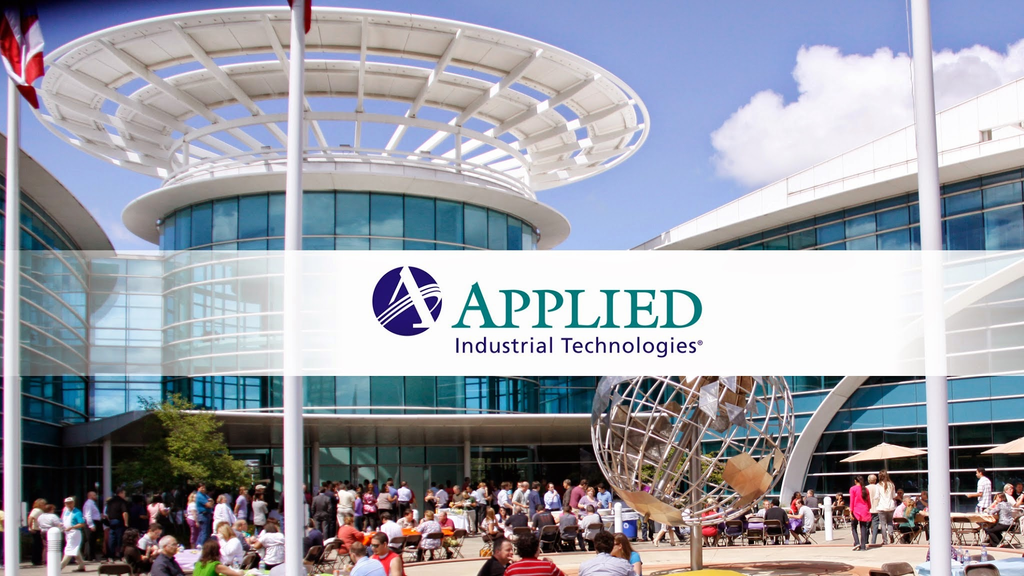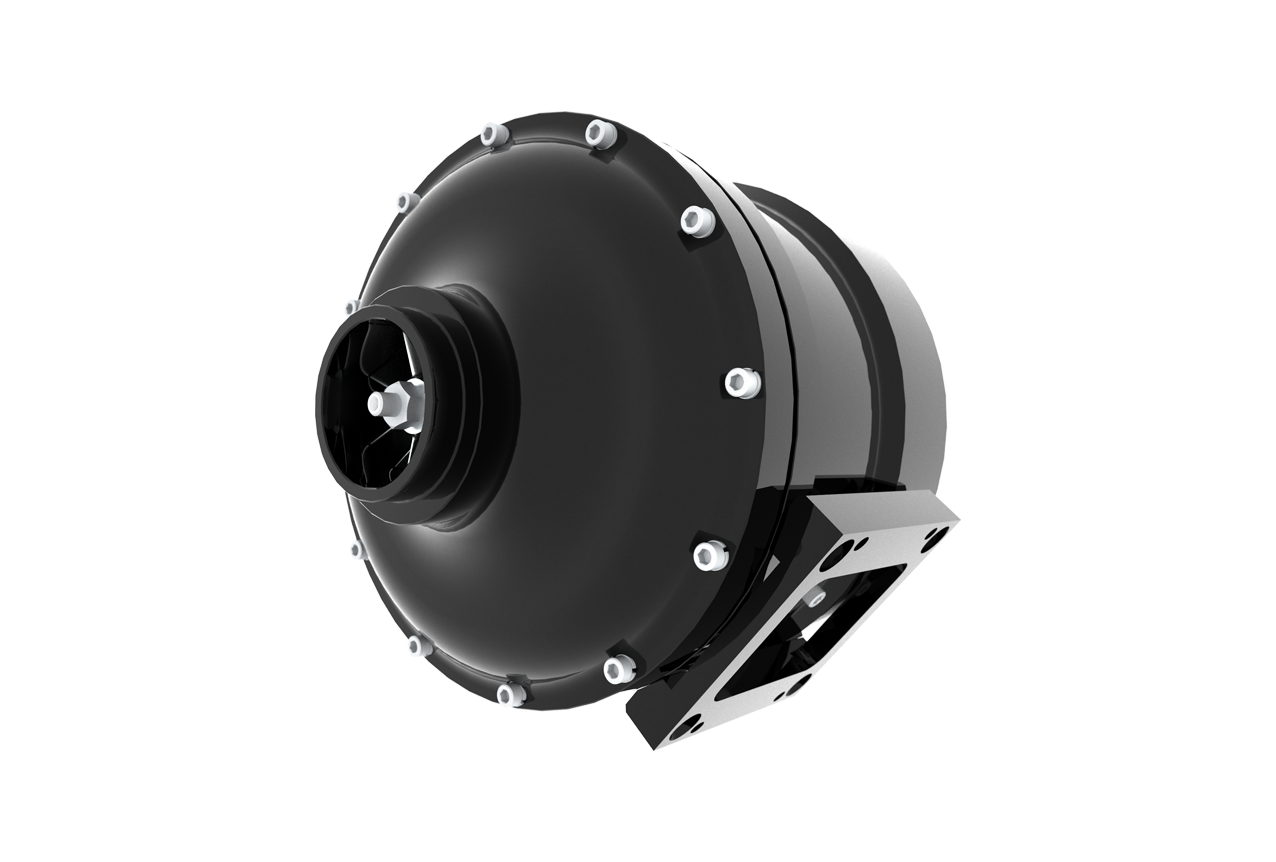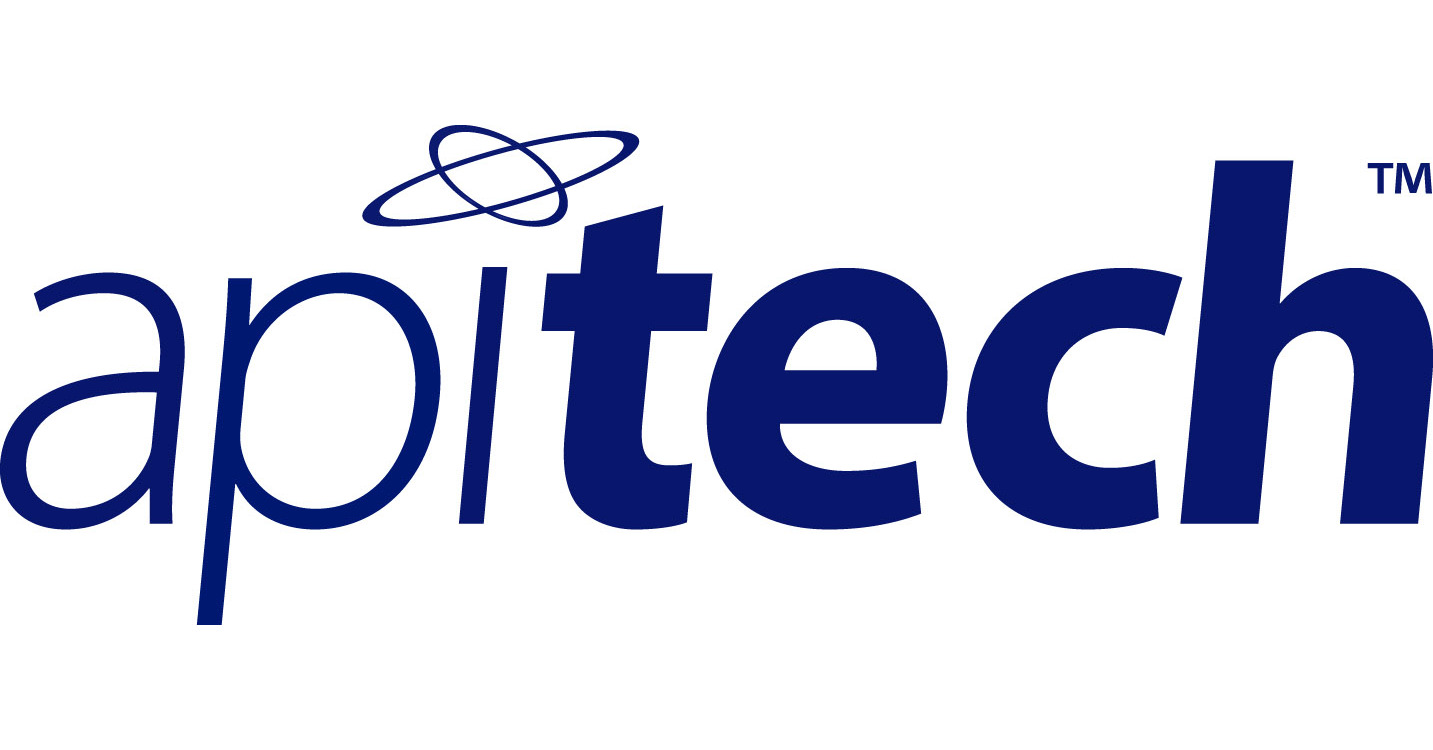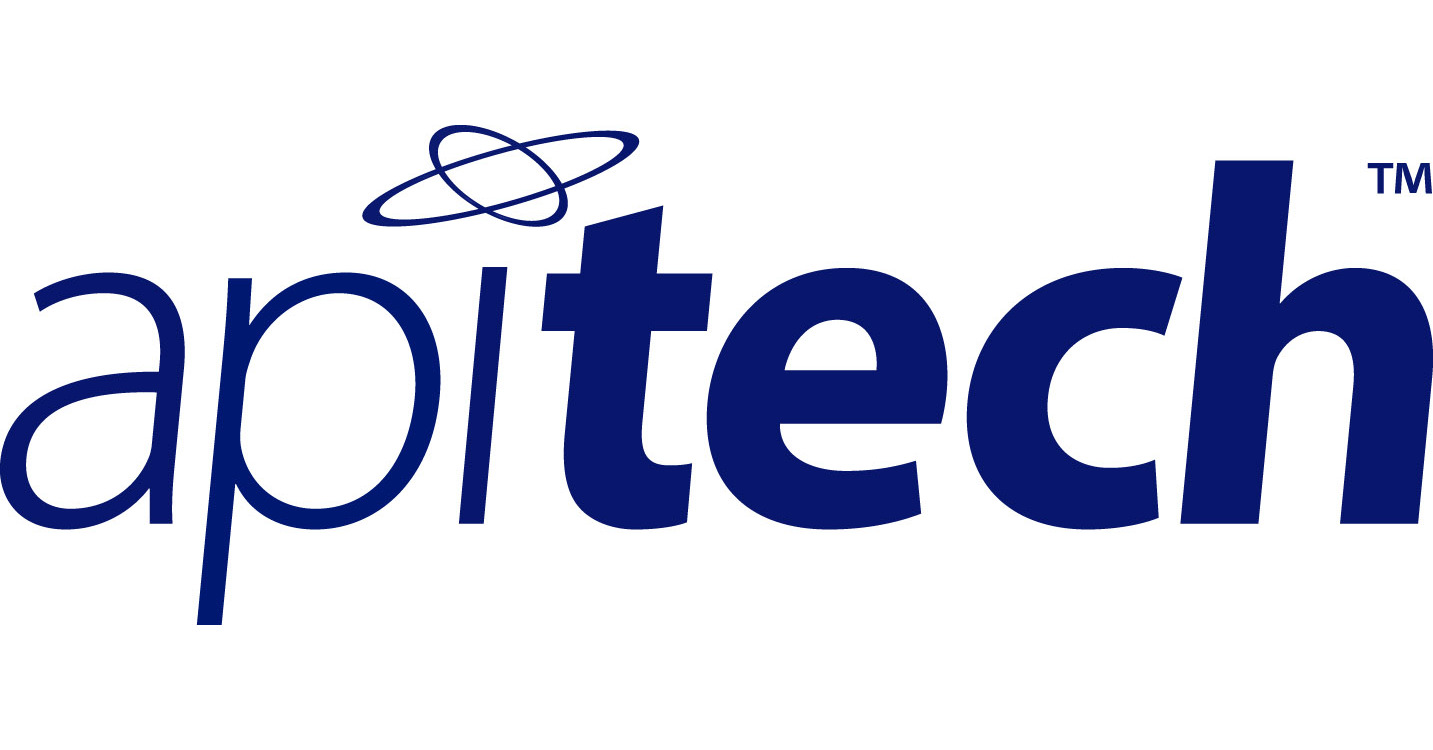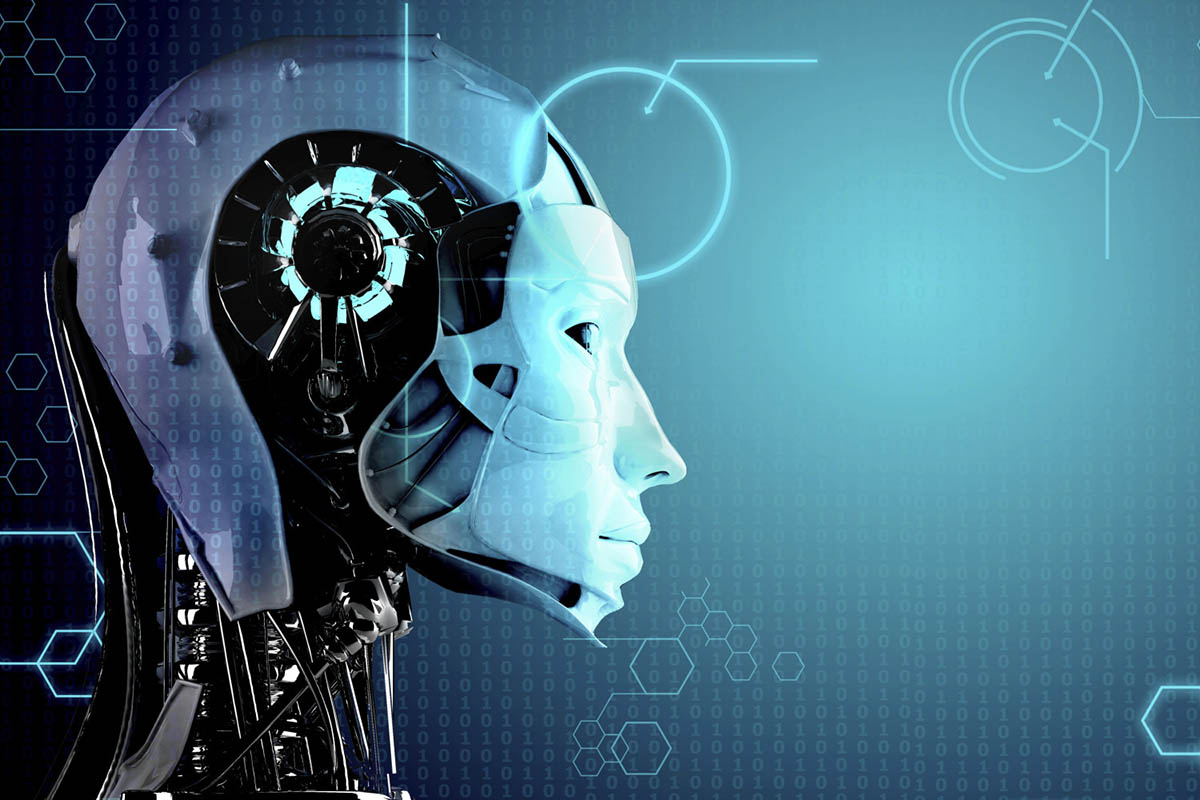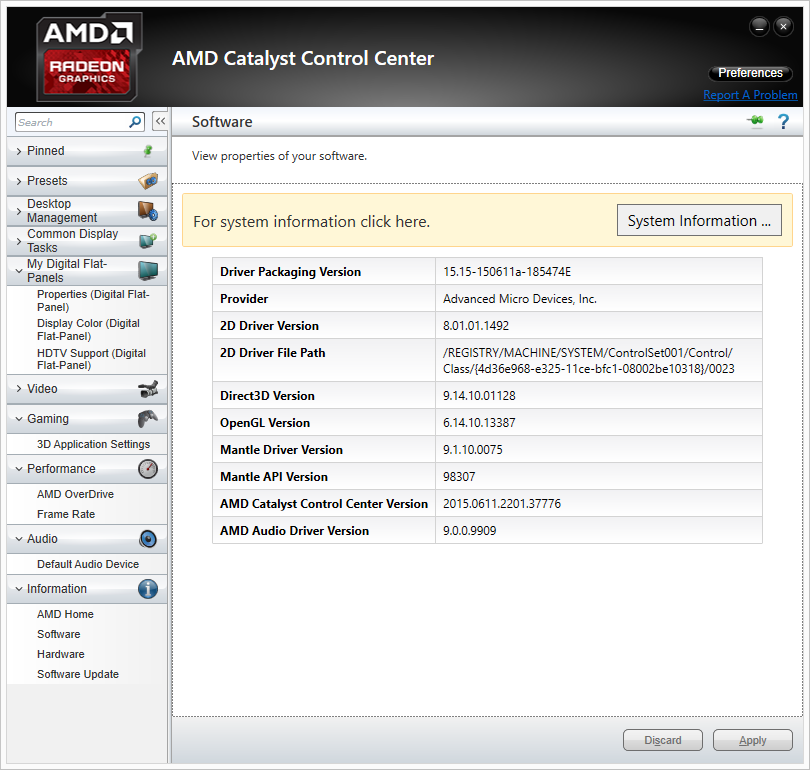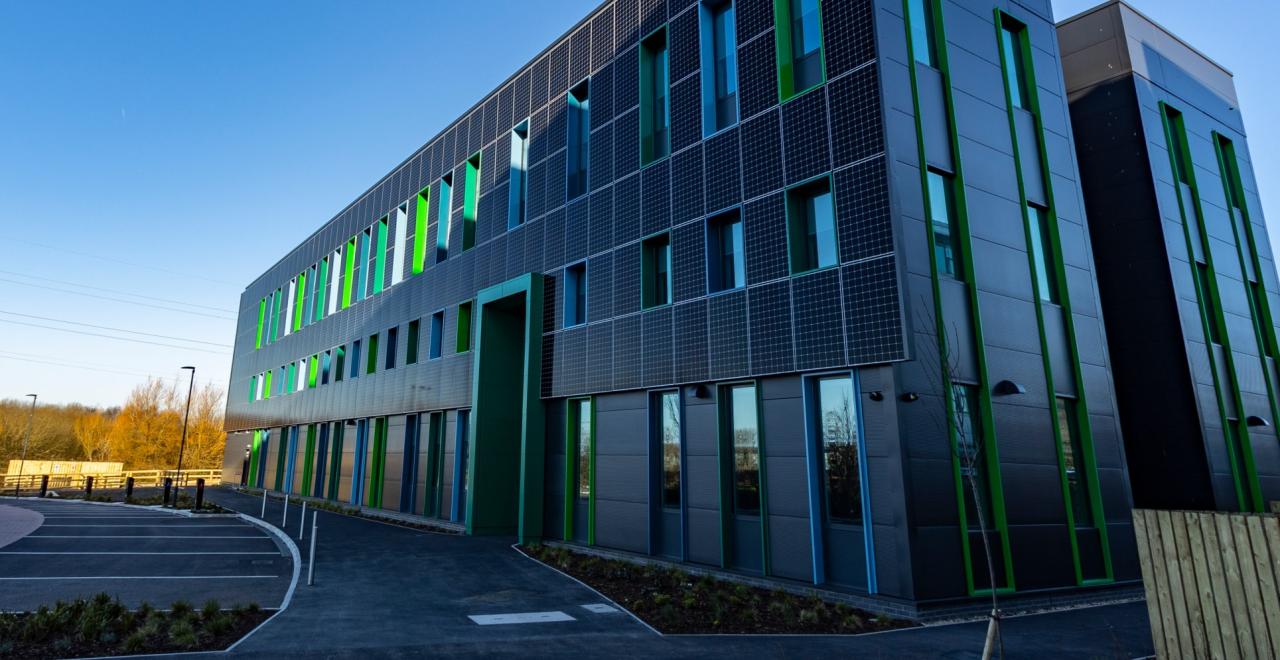Automated Cleaning Technologies: Revolutionizing Cleanliness
Automated cleaning technologies are revolutionizing the way we approach cleanliness, ushering in a new era of efficiency and convenience. From robotic vacuum cleaners tirelessly navigating our homes to autonomous floor […]
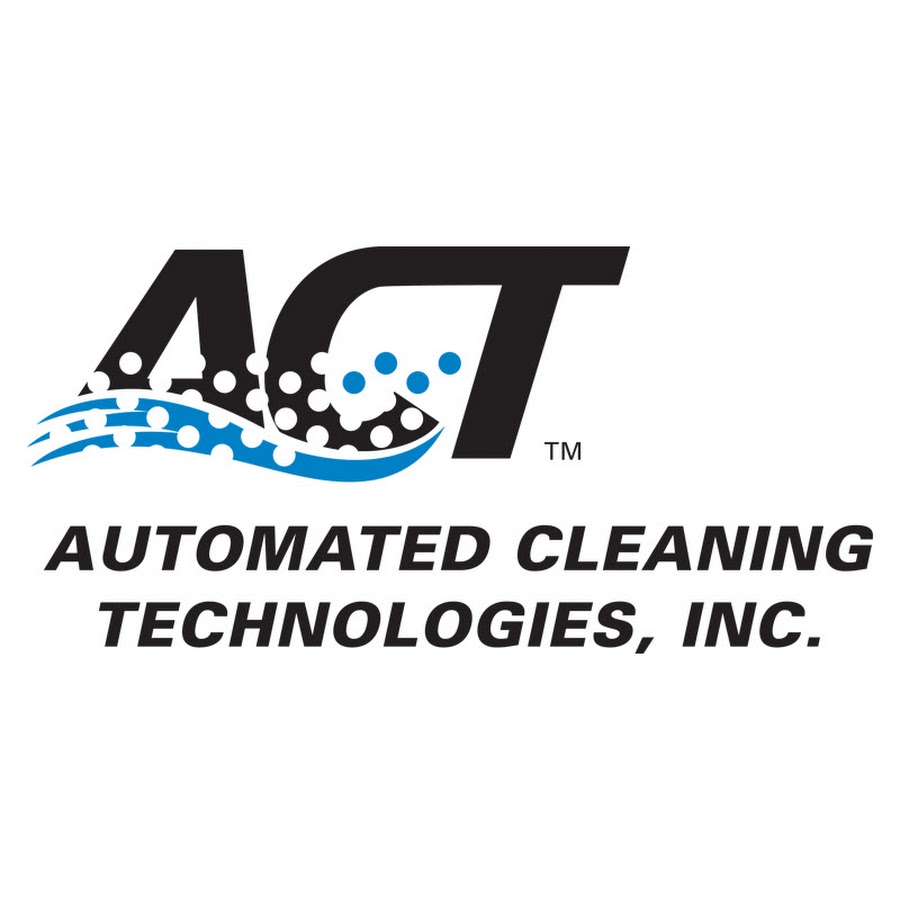
Automated cleaning technologies are revolutionizing the way we approach cleanliness, ushering in a new era of efficiency and convenience. From robotic vacuum cleaners tirelessly navigating our homes to autonomous floor scrubbers diligently cleaning large commercial spaces, these technologies are transforming how we maintain our environments.
The evolution of cleaning technology has been a fascinating journey, starting with manual methods and progressing to sophisticated automated solutions. The growing adoption of automated cleaning technologies is driven by factors such as the need for increased productivity, reduced labor costs, and the pursuit of a higher standard of hygiene.
Types of Automated Cleaning Technologies
Automated cleaning technologies are transforming the way we maintain our homes, workplaces, and public spaces. These technologies offer numerous advantages, including increased efficiency, reduced labor costs, and improved hygiene. They come in various forms, each designed to tackle specific cleaning tasks.
Robotic Vacuum Cleaners
Robotic vacuum cleaners are among the most popular automated cleaning technologies. They are designed to navigate and clean floors autonomously. These robots typically use sensors and algorithms to map their surroundings, avoid obstacles, and clean effectively.
- Navigation and Mapping: Most robotic vacuum cleaners use a combination of sensors, such as infrared, ultrasonic, and gyroscopic sensors, to map their environment. They create a digital representation of the room, allowing them to navigate efficiently and avoid collisions.
- Cleaning Capabilities: Robotic vacuum cleaners are equipped with brushes and suction mechanisms to remove dirt, dust, and debris from floors. Some models also feature specialized tools for cleaning carpets, pet hair, and hard-to-reach areas.
- Features and Advantages: Modern robotic vacuum cleaners offer various features, including scheduling, app control, voice assistants, and self-emptying dustbins. They are convenient for busy individuals and families, providing hands-free cleaning.
Autonomous Floor Scrubbers
Autonomous floor scrubbers are designed to clean large areas, such as warehouses, retail stores, and hospitals. These machines use advanced navigation systems and cleaning technologies to effectively scrub and dry floors.
- Navigation and Mapping: Autonomous floor scrubbers employ laser-based navigation systems and mapping technologies to create a detailed map of the cleaning area. They can navigate complex environments, including tight corners and obstacles.
- Cleaning Capabilities: These scrubbers utilize rotating brushes and high-pressure water jets to remove dirt, grime, and stains from floors. Some models also incorporate features like automatic detergent dispensing and drying capabilities.
- Features and Advantages: Autonomous floor scrubbers offer numerous advantages, including improved cleaning efficiency, reduced labor costs, and increased safety. They can operate independently, allowing staff to focus on other tasks.
Window Cleaning Robots, Automated cleaning technologies
Window cleaning robots are designed to clean windows, both interior and exterior, using suction and cleaning pads. They are particularly useful for cleaning high-rise windows or hard-to-reach areas.
- Suction and Cleaning: Window cleaning robots use a vacuum system to attach themselves to the window surface. They then utilize microfiber cleaning pads or specialized brushes to scrub and clean the glass.
- Navigation and Control: These robots typically come with remote controls or app-based interfaces, allowing users to monitor and control their cleaning paths. Some models also feature automatic cleaning patterns and safety features.
- Features and Advantages: Window cleaning robots offer a convenient and safe alternative to manual window cleaning, especially for high-rise buildings. They can reduce the risk of accidents and provide a professional cleaning result.
Automated Pool Cleaners
Automated pool cleaners are designed to clean the bottom, walls, and corners of swimming pools. They are available in various forms, including robotic, suction, and pressure-driven cleaners.
- Cleaning Mechanisms: Robotic pool cleaners typically use brushes and suction to remove debris and algae from the pool surface. Suction cleaners operate by drawing water through a filter, while pressure-driven cleaners utilize a pump to create suction and cleaning power.
- Navigation and Control: Automated pool cleaners use sensors and algorithms to navigate the pool and avoid obstacles. Some models offer programmable cleaning schedules and remote control capabilities.
- Features and Advantages: Automated pool cleaners offer numerous advantages, including reduced maintenance time, improved water clarity, and energy efficiency. They can also help prevent the buildup of algae and other contaminants.
Benefits and Challenges of Automated Cleaning Technologies
Automated cleaning technologies are revolutionizing the cleaning industry, offering numerous benefits while also presenting certain challenges. These technologies leverage robotics, artificial intelligence, and other advanced features to enhance cleaning processes, making them more efficient, effective, and cost-effective.
Benefits of Automated Cleaning Technologies
The benefits of automated cleaning technologies are significant and far-reaching, impacting various industries and sectors. These technologies offer a wide range of advantages, from increased efficiency and reduced labor costs to improved hygiene and enhanced safety.
- Increased Efficiency: Automated cleaning technologies can significantly increase cleaning efficiency by performing tasks faster and more consistently than manual cleaning methods. Robots can work tirelessly without breaks, covering larger areas and completing tasks in shorter timeframes. For example, robotic floor scrubbers can clean vast spaces like warehouses and airports much faster than human cleaners, allowing for quicker turnaround times and reduced downtime.
- Reduced Labor Costs: By automating cleaning tasks, businesses can reduce their reliance on manual labor, leading to significant cost savings. Automated cleaning systems can operate with minimal human intervention, reducing the need for a large cleaning staff and associated labor costs. This is particularly beneficial for industries with high cleaning requirements, such as hospitals and manufacturing facilities.
- Improved Hygiene: Automated cleaning technologies often offer superior hygiene standards compared to manual cleaning methods. Robots can reach difficult-to-access areas and perform tasks with greater precision, ensuring thorough cleaning and reducing the risk of cross-contamination. This is particularly important in environments where hygiene is critical, such as hospitals, food processing plants, and pharmaceutical facilities.
- Enhanced Safety: Automated cleaning systems can enhance workplace safety by eliminating the need for humans to perform hazardous tasks. Robots can safely handle hazardous materials, work in confined spaces, and operate in potentially dangerous environments, reducing the risk of injuries to human cleaners. This is especially important in industries with hazardous cleaning tasks, such as chemical plants and waste management facilities.
Challenges of Automated Cleaning Technologies
While automated cleaning technologies offer numerous benefits, they also present several challenges that need to be addressed for their widespread adoption. These challenges include technical issues, limitations in cleaning certain areas, and ethical considerations.
- Technical Issues: Automated cleaning systems can be complex and require specialized maintenance and repair. Technical glitches and malfunctions can disrupt cleaning operations, leading to downtime and increased costs. Furthermore, the integration of these technologies into existing cleaning systems can be challenging, requiring significant investment in infrastructure and training.
- Limitations in Cleaning Certain Areas: Automated cleaning technologies may struggle to clean complex or irregular spaces, such as tight corners, under furniture, or in cluttered areas. The effectiveness of these technologies may be limited in environments with intricate layouts or obstacles that hinder robot navigation.
- Ethical Considerations: The widespread adoption of automated cleaning technologies raises ethical concerns, such as job displacement and the potential for misuse. As these technologies become more sophisticated, concerns arise about the impact on employment opportunities for human cleaners and the potential for robots to be used for surveillance or other unethical purposes.
Real-World Applications and Case Studies
Automated cleaning technologies are already being implemented in various industries and sectors, demonstrating their potential to transform cleaning practices.
- Hospitals: Automated cleaning robots are increasingly being used in hospitals to disinfect surfaces and reduce the risk of hospital-acquired infections. These robots can navigate hospital wards and operating rooms, using ultraviolet light or other disinfectants to eliminate bacteria and viruses.
- Warehouses and Factories: Automated floor scrubbers and vacuum cleaners are widely used in warehouses and factories to maintain clean and safe working environments. These robots can operate continuously, cleaning large areas and reducing the need for manual labor.
- Retail Stores: Automated cleaning systems are being used in retail stores to clean floors, windows, and shelves, enhancing the shopping experience and reducing maintenance costs. These systems can operate during off-peak hours, minimizing disruption to customers.
Key Technologies and Components: Automated Cleaning Technologies

Automated cleaning technologies rely on a sophisticated combination of technologies and components to achieve their cleaning tasks efficiently and effectively. These technologies work in synergy to enable robots to navigate, perceive their environment, and execute cleaning routines.
Sensors
Sensors play a crucial role in enabling robots to perceive their surroundings and make informed decisions. These sensors gather data about the environment, such as dirt levels, obstacles, and other environmental factors, allowing robots to adapt their cleaning strategies accordingly.
- Dirt Detection Sensors: These sensors, often using light-based techniques, measure the amount of dust, debris, or other dirt particles present on surfaces. This information helps robots identify areas that require more attention during cleaning.
- Obstacle Detection Sensors: These sensors, commonly using ultrasonic, infrared, or laser technology, detect objects in the robot’s path, allowing it to avoid collisions and navigate safely.
- Environmental Sensors: These sensors measure factors like temperature, humidity, and air quality. This data helps robots optimize their cleaning routines based on the specific environmental conditions.
Navigation Systems
Navigation systems are essential for robots to move efficiently and effectively around different environments. These systems use a combination of sensors, algorithms, and mapping techniques to guide robots to their cleaning destinations and avoid obstacles.
- SLAM (Simultaneous Localization and Mapping): This technology allows robots to create maps of their environment while simultaneously determining their position within those maps. SLAM enables robots to navigate complex spaces, adapt to changes in the environment, and efficiently plan cleaning routes.
- GPS (Global Positioning System): In outdoor environments, GPS can provide robots with precise location information, enabling them to navigate large areas and follow designated cleaning paths.
- Visual Navigation: Some robots use cameras and computer vision algorithms to identify landmarks and navigate using visual cues. This technology allows robots to adapt to changing environments and recognize new objects.
Artificial Intelligence (AI) and Machine Learning
AI and machine learning algorithms play a significant role in optimizing cleaning routines and adapting to changing conditions. These technologies allow robots to learn from past cleaning experiences, improve their cleaning strategies, and personalize their cleaning routines based on user preferences.
- Predictive Maintenance: AI algorithms can analyze data from sensors and predict potential maintenance issues, allowing for proactive repairs and minimizing downtime.
- Route Optimization: AI can analyze cleaning data and optimize cleaning routes, ensuring that robots cover the most important areas efficiently and effectively.
- Personalized Cleaning: Machine learning algorithms can learn user preferences and personalize cleaning routines, such as adjusting cleaning intensity or focusing on specific areas.
Future Trends and Innovations
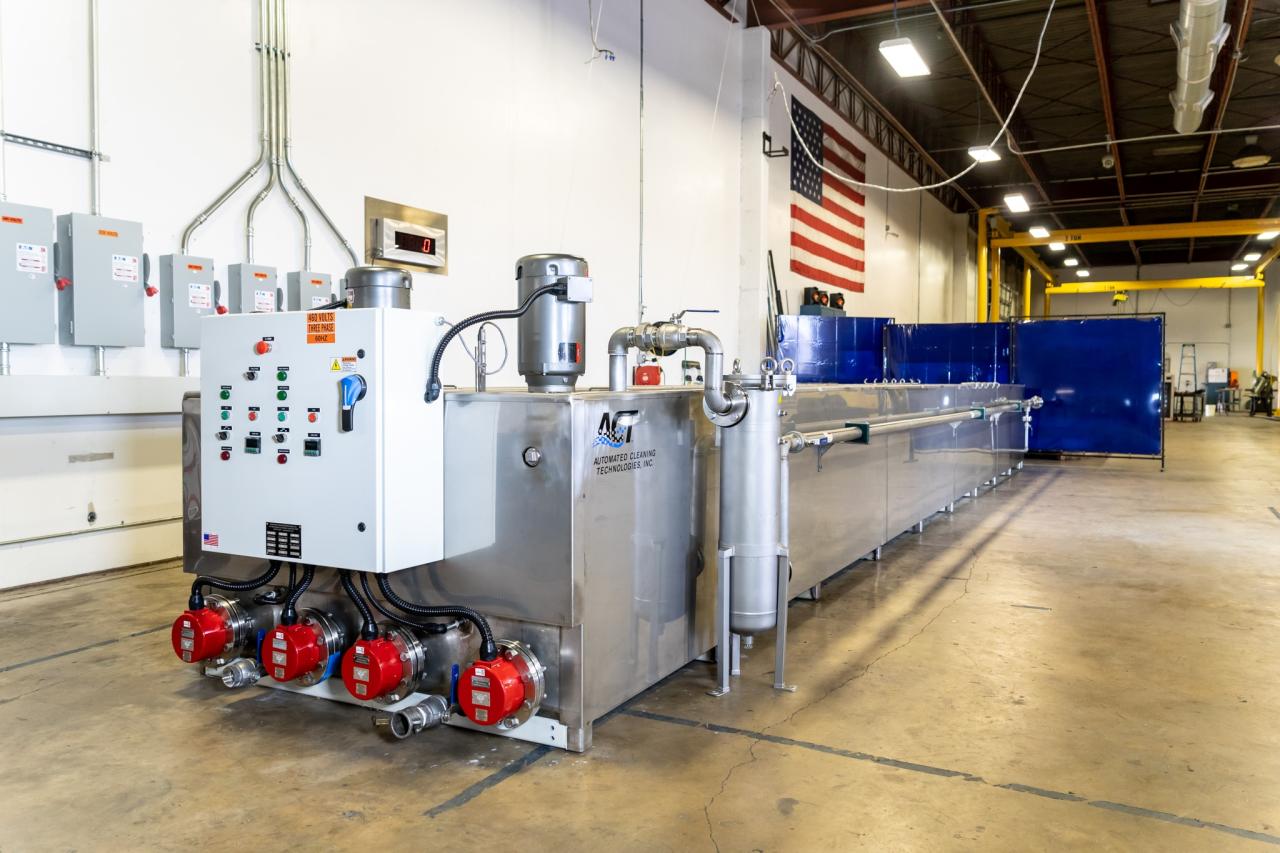
The field of automated cleaning technologies is constantly evolving, driven by advancements in robotics, artificial intelligence, and materials science. These innovations are paving the way for more sophisticated and efficient cleaning solutions, promising a future where cleaning is more automated, personalized, and environmentally friendly.
Emerging Trends and Innovations
Several emerging trends and innovations are shaping the future of automated cleaning technologies. These advancements are leading to more intelligent, adaptable, and sustainable cleaning solutions.
- Development of More Sophisticated Robots: Robots are becoming increasingly sophisticated, with enhanced navigation, object recognition, and manipulation capabilities. This allows them to perform more complex cleaning tasks, such as cleaning delicate surfaces, navigating tight spaces, and handling multiple cleaning tools. For example, robots equipped with artificial intelligence are being developed to learn and adapt to different environments and cleaning needs. This enables them to optimize their cleaning paths, avoid obstacles, and even personalize their cleaning routines based on user preferences.
- Integration with Smart Home Systems: Automated cleaning technologies are increasingly being integrated with smart home systems, allowing for greater control and automation. This enables users to schedule cleaning tasks, monitor robot activity, and even adjust cleaning settings remotely. For example, a smart home system could connect to a robotic vacuum cleaner, allowing users to start a cleaning cycle with a voice command or through a mobile app. This integration also enables the robot to coordinate its actions with other smart home devices, such as lighting and security systems.
- Use of Advanced Materials: Advanced materials are being incorporated into automated cleaning technologies to enhance performance and sustainability. For example, robots are being developed with specialized materials that can effectively clean different surfaces, such as hard floors, carpets, and even windows. Additionally, robots are being designed with durable materials that can withstand harsh environments and heavy usage.
- Increased Focus on Sustainability: As environmental concerns grow, there is a growing focus on developing sustainable cleaning technologies. This includes the use of eco-friendly cleaning agents, energy-efficient robots, and the development of robots that can collect and recycle waste. For example, robots are being developed that can collect and sort recyclable materials, reducing the amount of waste going to landfills.
Impact on the Future of Cleaning
These trends and innovations are expected to have a significant impact on the future of cleaning. Automated cleaning technologies are poised to play a crucial role in creating cleaner and more efficient environments.
- Increased Efficiency and Productivity: Automated cleaning technologies can significantly improve cleaning efficiency and productivity. Robots can work tirelessly, without breaks, and can cover large areas quickly. This frees up human workers to focus on more complex or specialized tasks.
- Improved Hygiene and Health: Automated cleaning technologies can help to improve hygiene and health by removing dust, allergens, and other contaminants more effectively than traditional cleaning methods. This is particularly important in healthcare settings, where maintaining a clean and sterile environment is crucial.
- Enhanced Convenience and Accessibility: Automated cleaning technologies can make cleaning more convenient and accessible for everyone. Robots can be programmed to clean on a regular schedule, freeing up people’s time for other activities. This is especially beneficial for individuals with mobility limitations or busy schedules.
- Reduced Costs and Environmental Impact: Automated cleaning technologies can help to reduce costs and environmental impact by minimizing the use of cleaning chemicals and reducing energy consumption. For example, robots can be programmed to clean only when necessary, reducing the amount of energy used.
Comparison of Current and Future Technologies
The following table compares and contrasts the current state of automated cleaning technology with potential future developments:
| Feature | Current State | Future Developments |
|---|---|---|
| Navigation and Mapping | Basic navigation and mapping capabilities, often relying on pre-programmed routes or limited sensor data. | Advanced navigation and mapping using artificial intelligence, LiDAR, and other sensors for more accurate and adaptable cleaning paths. |
| Object Recognition and Manipulation | Limited object recognition and manipulation capabilities, often struggling with complex objects or cluttered environments. | Improved object recognition and manipulation using computer vision and advanced robotics for handling diverse objects and navigating complex environments. |
| Cleaning Capabilities | Focused on basic cleaning tasks, such as vacuuming, mopping, and dusting. | Expanded cleaning capabilities, including specialized tasks such as window cleaning, surface disinfection, and waste disposal. |
| Integration with Smart Home Systems | Limited integration with smart home systems, often requiring separate apps or controls. | Seamless integration with smart home systems, enabling voice control, remote monitoring, and task scheduling. |
| Sustainability | Focus on energy efficiency and reduced chemical usage. | Increased emphasis on sustainability, including the use of eco-friendly materials, recycling capabilities, and renewable energy sources. |
Outcome Summary
The future of cleaning is bright, with automated technologies poised to play an increasingly significant role in creating cleaner and more efficient environments. As these technologies continue to evolve, we can expect to see even more sophisticated robots, seamless integration with smart home systems, and the use of advanced materials, all contributing to a future where cleanliness is effortless and accessible to all.
Automated cleaning technologies are revolutionizing the way we keep our homes and businesses spotless. From robotic vacuums to self-cleaning ovens, these innovations are making life easier and more efficient. These advancements are often fueled by breakthroughs in fiber technologies , which play a crucial role in developing advanced sensors, filters, and materials for these cleaning systems.
As fiber technologies continue to evolve, we can expect even more innovative and effective automated cleaning solutions in the future.
